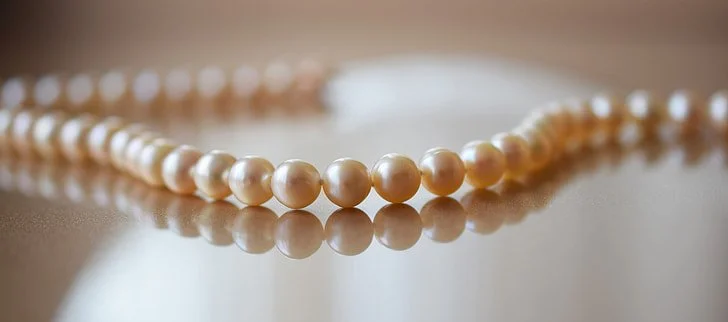Grain of Sand
An irritant shows up that an oyster can’t get rid of. That’s how one in every 10,000 of these sea creatures creates a pearl.
When parasites or random types of organic matter get lodged between the mollusk’s mantle and its shell, an oyster’s defense mechanism ratchets up and surrounds the invader with layer upon layer of a substance known as nacre. Over years, these sacred layered secretions create a pearl.
But only if the water is just right.
While rare gems have been found in frigid waters, water temperature that holds steady between 27-30° C is widely acclaimed to be the sweet spot for forming pearls. Warmer water can cause strain that makes oysters susceptible to disease. Cooler water can trigger hibernation. (Turns out pearls are a lot like me!)
Too much, not enough—no pearl. No wonder 9,999 don’t make the cut.
Wouldn’t it be nice if human strike zones were so clear?
We spend a lot of time as leaders (and as coaches…and as teachers . . .and as parents. . .) wrestling with how much to push and pull. How hard should we drive? How much feedback should we give? How harshly should we grade? We know that broadening and development rely on expectation and yet, when does an ever-onward charge lead a reacher off a cliff? At what point does try turn into tension? That part is really hard to nail.
On the other hand, we also know that easy lifts don’t build muscles. And that “Good job!” for a fair performance lowers the bar. Internally and/or externally unchallenged workers, without question, form questionable habits. A certain amount of friction is required to sharpen the blade.
So, how much is too much and how little is too little? It’s a very personal thing.
More often than not, the greatest gains in sport or music or writing or engineering-- or anything worth doing in the end-- are made at capacity’s edge. In that space between “I’ve proven I can do this” and “I’m not sure that’s even possible” lies the golden mean. The weight you can barely lift, the note you have to tip-toe to reach, the problem you sweat to solve, the dribble you can scarcely contain—these are the warning tracks. These signals say, “Hey Honey, you have found it. In the midst of this discomfort is where you make your strides.”
Time spent beyond capability creates stress. Time spent below it produces complacency. The ability to work in the pulsating space close to a person’s tipping point is both an art and a science. (As well as an acquired taste.) It is competency wrapped in awareness. Those who excel at growing people know how it tastes and smells.
It would be nice if capacity’s edge came with a mood ring or a verbal marker, like the way my car says, “Welcome to Arkansas” when I drive across the Oklahoma state line. But, unfortunately, it doesn’t.
We find it through trial and error, by leaning in and zooming out, one person at a time. Pearls, like people, take a long, careful time to become.
P.S. “It is not good to want a thing too much. It sometimes drives the luck away.”

